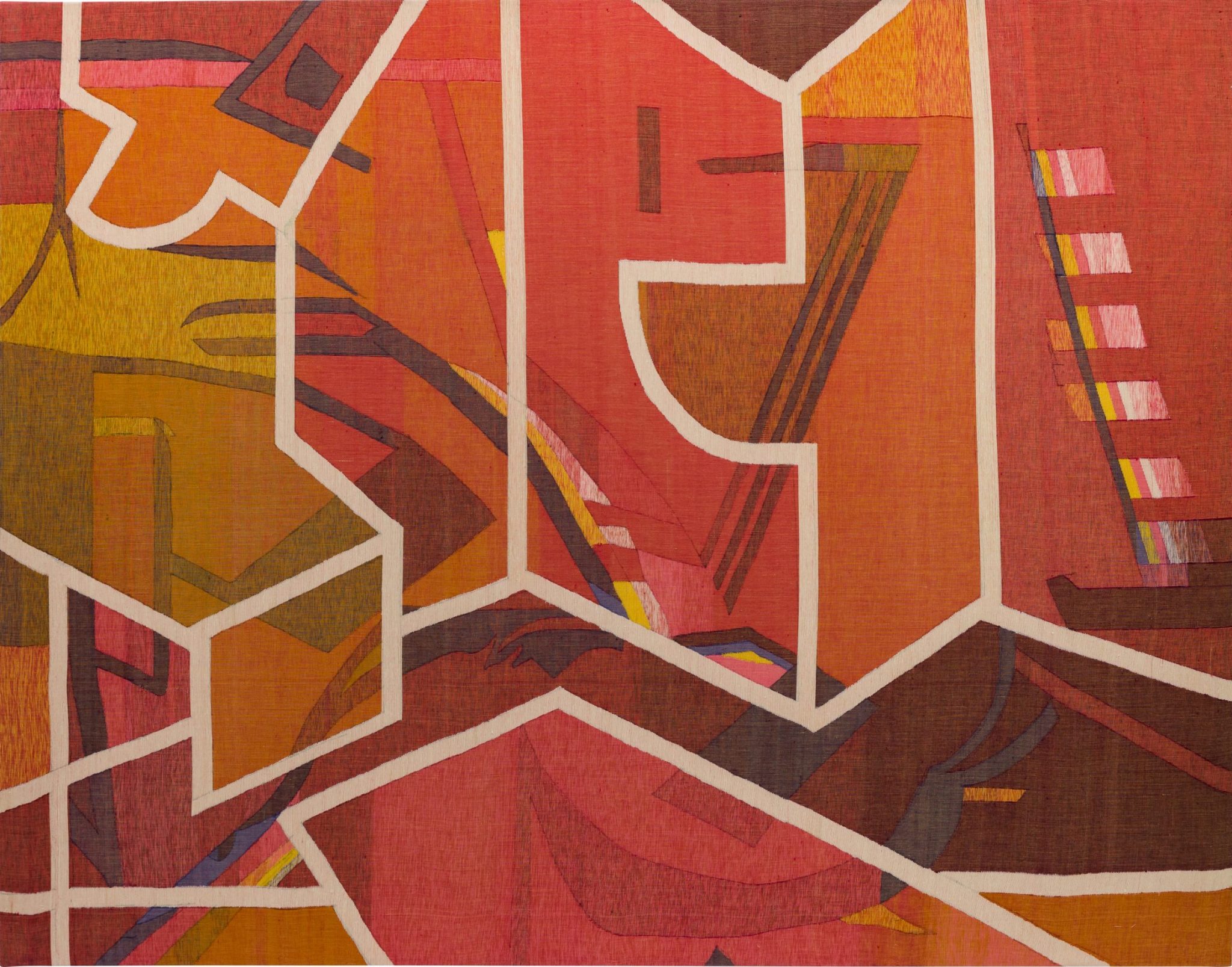From Biennales and the world below to UNO and tattoos – our editors on shows to see

Singapore Biennale 2022
Various venues, Singapore, 16 October – 19 March
Meet Natasha, this year’s Singapore Biennale. Yes, the event is literally named Natasha. Eschewing the typical thematic pronouncements of art events, the Singapore Biennale has christened it instead. Curators Binna Choi, Nida Ghouse, June Yap and Aala Younis want to use the act of naming to inaugurate a more intimate and spontaneous way of encountering art and relating to one another. On the cards are new spaces for interaction and reflection, such as Valentina Desideri’s and Denise Ferreira da Silva’s brand of healing arts that include tarot and astrology. There will also be new readings of traditions and histories, such as those explored by Natasha Tontey’s performances of Minahasan rituals from her native Indonesia. Natasha will happen over several locations, including the Singapore Art Museum’s new outpost at Tanjong Pagar Distripark and several islands in the south of Singapore. Adeline Chia
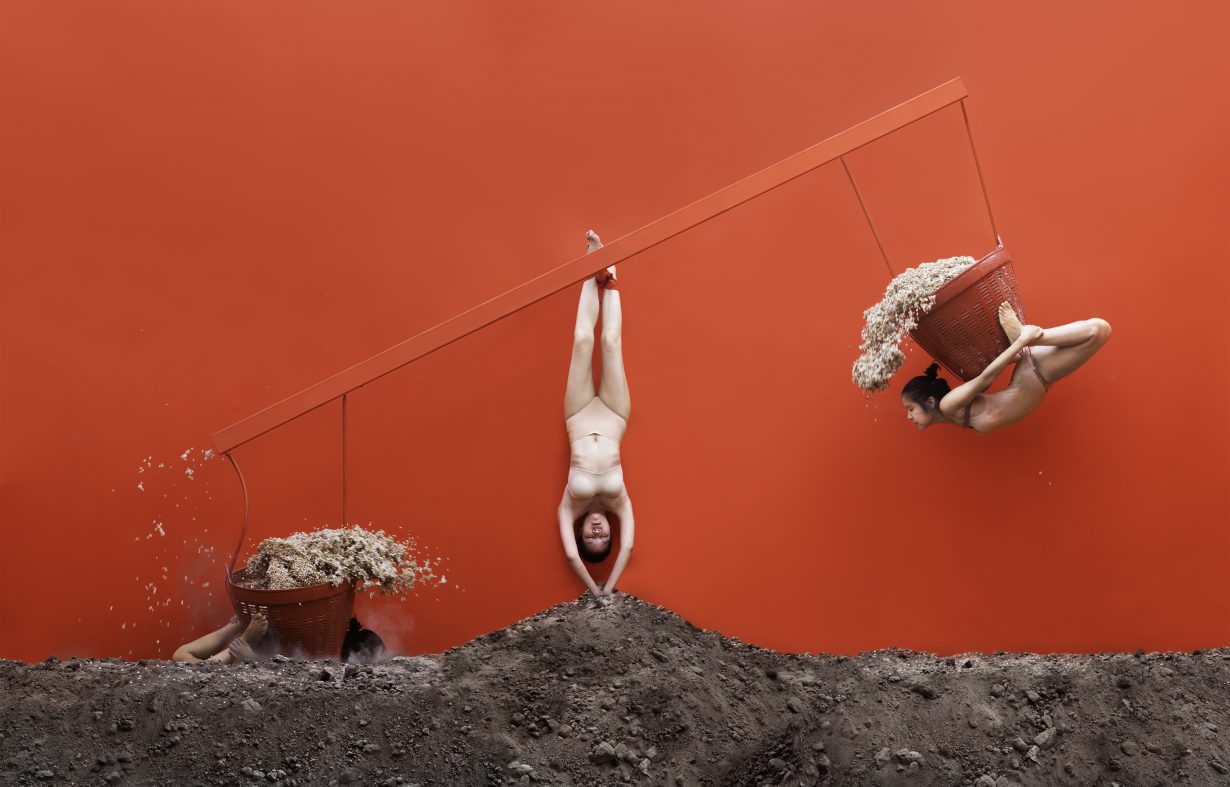
Bangkok Art Biennale 2022
Various venues, Bangkok, 22 October – 22 February
Over in Bangkok, there are no such plans to anthropomorphise an artistic event. Under the continued artistic direction of Apinan Poshyananda, working for this edition with Nigel Hurst, Loredana Pazzini Paracciani, Jirat Ratthawongjirakul and Chomwan Weeraworawitt, the Bangkok Art Biennale (now in its third edition) opts for a thematic title: Chaos: Calm. Or should that be thematic titles? A clash of opposites? A dialectic? You won’t know until you go. Particularly given the extent to which the curatorial team is split between the commercial and academic artworlds. For the time being there’s an artistic statement that warns America about flexing its military muscles, China about overhyping its international infrastructure programmes, the whole world about vaccine wars and Thailand… Well, it doesn’t have much to say about that. The proof of this particular pudding will be in the efforts of artists ranging from the ubiquitous Marina Abramović (who has been represented in every edition of the event) to locals such as Phitchapha Wangprasertkul. Nirmala Devi
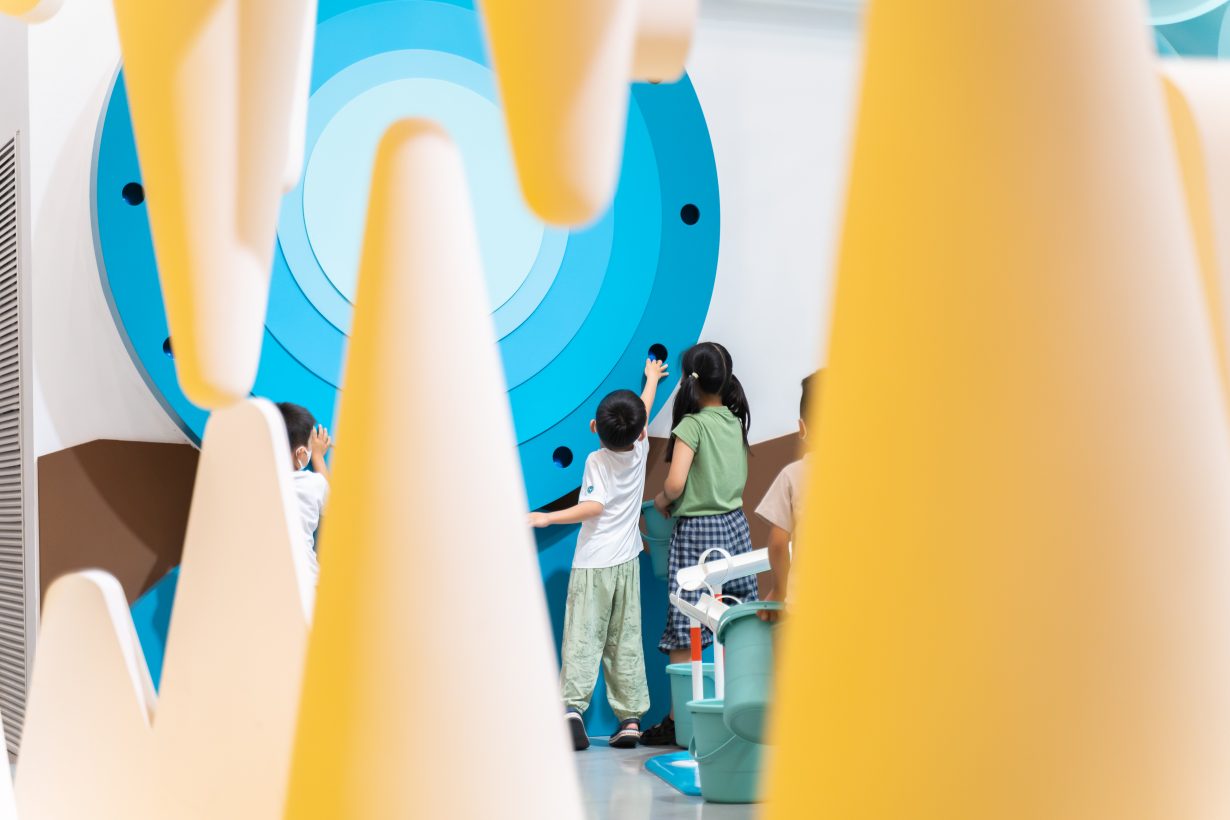
Matali Crasset
West Bund Museum, Shanghai, through 12 February
French designer Matali Crasset has developed a reputation for her different take on the world around us, expressed usually in products ranging from furniture and lighting to spectacles and rings. What’s different about her ‘take’ (other than the fact that she makes strikingly beautiful-but-quirky objects)? It’s (in her words) ‘pragmatic’. Wassat then? It means she tends to work on designing systems rather than objects. Perhaps that comes from five years of working with fellow French design icon Philippe Starck, whom Crasset admires for his free thinking, but left to set up her own studio ‘to protect herself from him’. At the West Bund Museum in Shanghai the system takes the form of a narrative, titled Sid and the World Below, which looks at the world from the perspective of a seed. On the serious side it’s a chance to reflect on the ecological ‘challenges’ facing humans today; on the less serious side it’s a journey of childlike curiosity, discovery and wonder. Like Cirque du Soleil with a bit of Greta Thunberg thrown in. Nirmala Devi

Gao Xingjian
Asia Art Center, Taipei, through 19 October
While best known as an experimental playwright, Nobel Prize-winning author and poet (many of his verses were written during his years working as a peasant undergoing ‘reeducation’ during the Cultural Revolution), Gao Xingjian is also a painter. More specifically, of the ink wash-artist variety. Which is why the title of his solo exhibition at Taipei’s Asia Art Center – Where spirit dwells on – seems apt: traditional ink painting isn’t so much about achieving a perfect representation of your subject as it is about capturing the subject’s spirit. Back in 2013, Gao seemed concerned with how noisy politics and media in general had become, asking, during an interview with the BBC, ‘where is the place for solemn art and literature now?’ Well, given that there is noise everywhere, here (in Taiwan, around which China’s been performing war games for days) and now (like, right now) is as good a place and time as any for his works to be viewed in all their solemn grace. The paintings, made between 1994 and 2018, are in a semiabstract style that resists any conventional narrative. Which is the point, really, because spirit isn’t something you can look at – rather, it’s more of a quality that’s projected outwards, supposing it’s actually inside in the first place. Fi Churchman

Okayama Art Summit 2022
Various venues, Okoyama, 30 September – 27 November
This year’s the year to be a dreamer, it seems. And this year’s Venice Biennale, The Milk of Dreams, won’t yet have closed by the time that the triennial Okayama Art Summit opens with its theme: Do we dream under the same sky. Directed by Rirkrit Tiravanija, 25 ‘itinerant’ artists (not in the moving-around type, but, according to the Thai artist, the diverse-cultural- and-social-backgrounds type) including Vandy Rattana, Mari Katayama, Jacolby Satterwhite and Precious Okoyomon (whose garden installation To See the Earth before the End of the World, 2022, appears as the finale to the Venice Biennale’s main exhibition), are brought together to ‘re-focus our mindset and perspectives’. So, dreaming, here, isn’t about escape, but about exploring and experiencing multiple narratives that are generally considered to operate outside of a society’s ‘normative position’. Fi Churchman

Mayunkiki
Ikon, Birmingham, through 13 November
The Asahikawa-born Ainu artist and 6 musician Mayunkiki centres her practice around her experience as an Indigenous woman living in Japan – exploring the historical marginalisation of Ainu people and the Japanese government’s banning of their cultural practices. Most notable, perhaps, is her work documenting (via a series of photography and interviews) Sinuye, a tradition of facial tattoos practiced by Ainu women that was outlawed in 1871 in an attempt to force their assimilation into the dominant Japanese culture and its social expectations of feminine beauty. This series and her subsequent work on Upopo, a genre of Ainu folk-music and oral storytelling, looks at the longterm and generational effects of societal and political pressure to forget one’s identity, while reclaiming that heritage in her artworks. At Ikon, in Birmingham, this act of reclamation will be accompanied by a selection of artefacts on loan from Oxford’s Pitt Rivers Museum relabelled by Mayunkiki with extended captions that ‘reflect her own experience and understandings’ of the objects. Fi Churchman
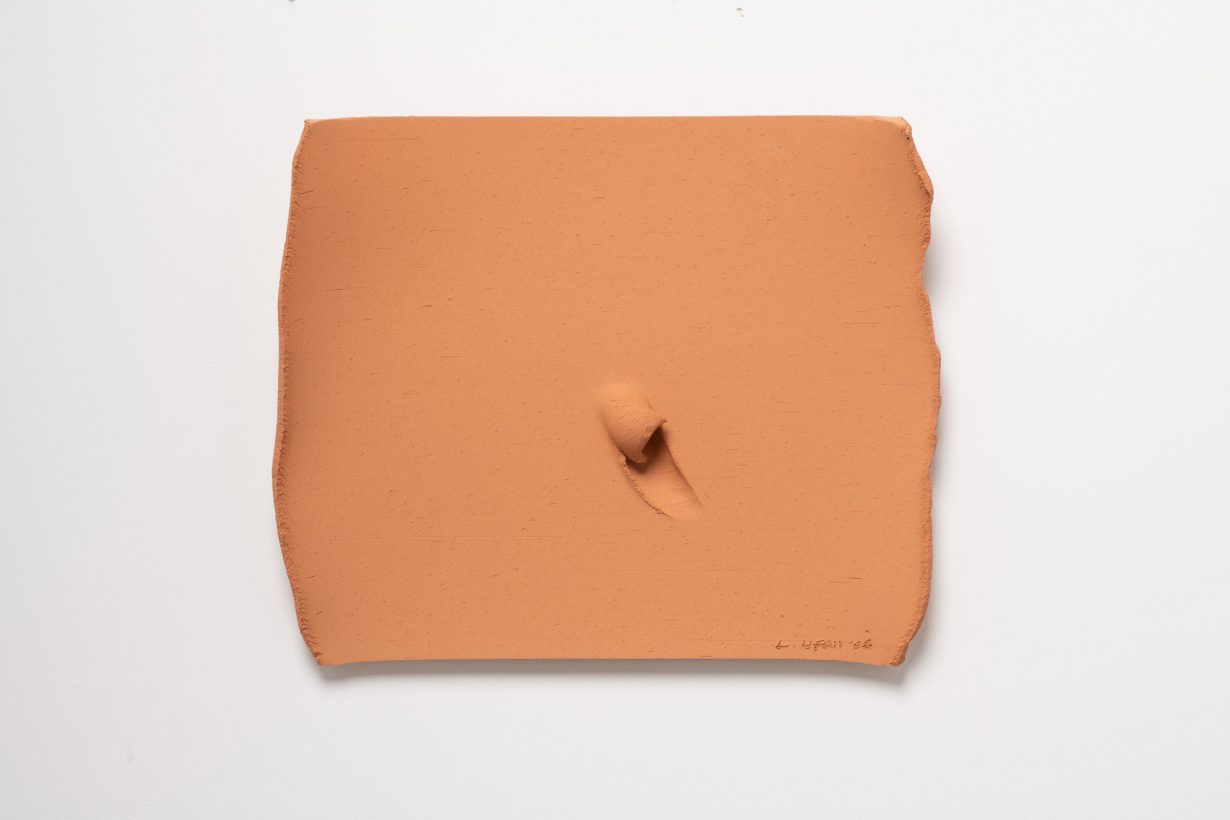
Lee Ufan
SCAI The Bathhouse, Tokyo, through 15 October
Fresh from inaugurating a three-storey private museum in Arles, France, dedicated to half a century of his work, the Korean artist Lee Ufan returns to Japan, the country he considers his second home, for this exhibition in Tokyo’s old-town area, Yanaka. His more recent work has grown bolder and more vibrant than the monochromatic minimalism of the Mono-ha movement that made his name. Questioned about this, the eighty-six-year-old (who trained as a philosopher) recently countered that perhaps he was embracing colour only now as a means of feeling young again. Expect a few bold splashes to counter the poetic minimalism. Oliver Basciano
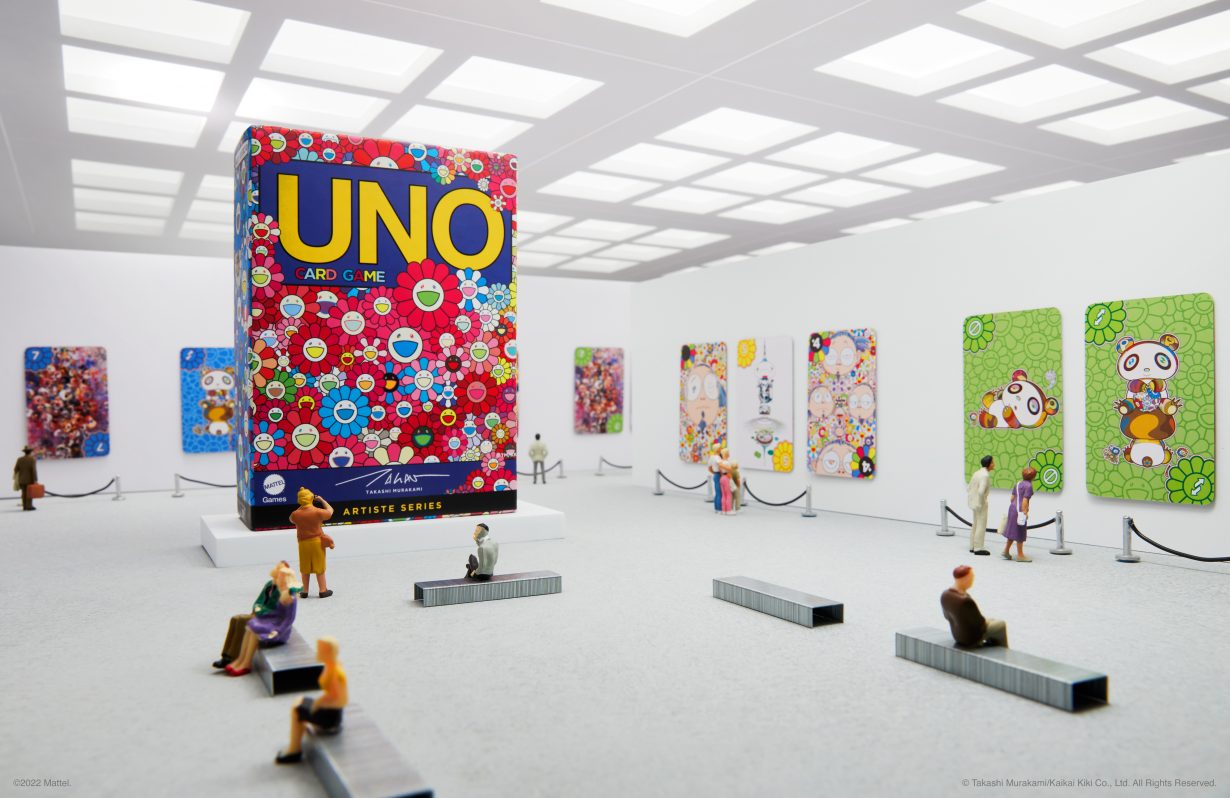
Takashi Murakami × UNO Artiste Series
For those Takashi Murakami fans out there – and the ones that have never experienced the pernicious joy of dropping a wild-plus-four card on your opponent in a round of UNO – this new artist-designed boxset of the popular game (the latest in a series by other artist-brands including the late Keith Haring and Nina Chanel Abney) might be just what you need. Japan’s most popular artist (arguably) has forgone the game’s original blocky design and primary colour system and replaced it with his usual mix of overflowing ecstatic flowers, Mr Dob, the cartoon panda (among a host of other anime-style characters) and graffitied skulls in garish colours. Of course for others, whose allegiance lies with the game more than with Murakami’s signature mix of kitsch-and-creepy pop, this edition, and its changes to the original game’s distinctive styling, might instead be perceived as heresy, perpetrated by someone who, it seems, has never actually played UNO. Louise Darblay
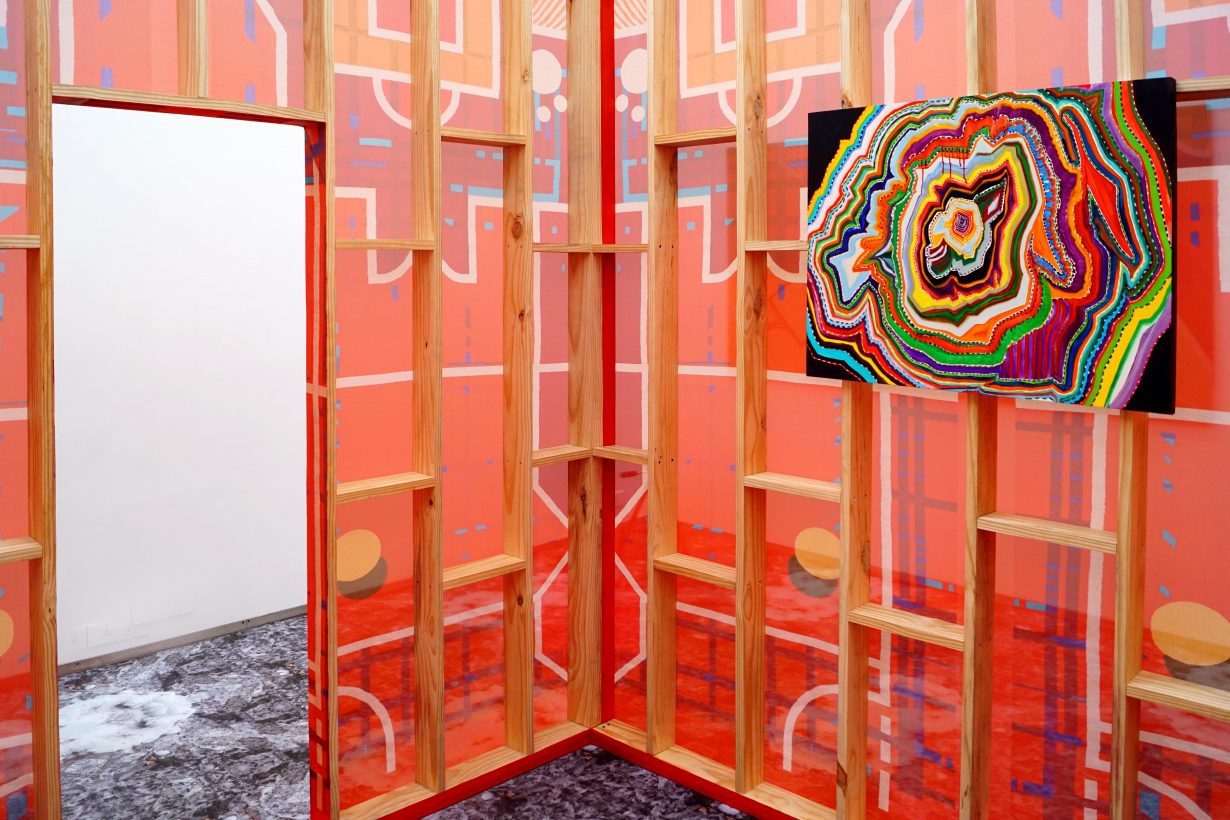
Kanishka Raja
Experimenter – Ballygunge Place, Kolkata, through 15 October
In Kolkata, a posthumous exhibition of work by the late Kanishka Raja at Experimenter’s Ballygunge Place is a good place to explore the artist’s exuberant combination of traditional weaving techniques and modern subject matter. The Kolkata-born artist trained as a painter in New York, but returned regularly to India, and these two poles informed his early interest in formalism and abstraction blended with traditional craft and ornamentation techniques. On show are woven textiles, made in collaboration with master weaver Dipak Halder in Phulia, Bengal, along with a few oil paintings and drawings depicting geometric patterns in bright colours that evoke the busy patterns of circuit boards and architectural plans. There is also a large cube-shaped structure made from stretched cloth panels, which has been constructed from plans left by Raja. This ‘cloth house’ is inspired by pandal, or a large open-sided temporary pavilion that is erected during festivals to host music, art and celebrations. As a result, Ground Control (as this show is titled) oscillates between the fundamental grid of weaving, the drawn lines of architecture, the lines delimiting sports fields and the lines of control that still define South Asia. Adeline Chia
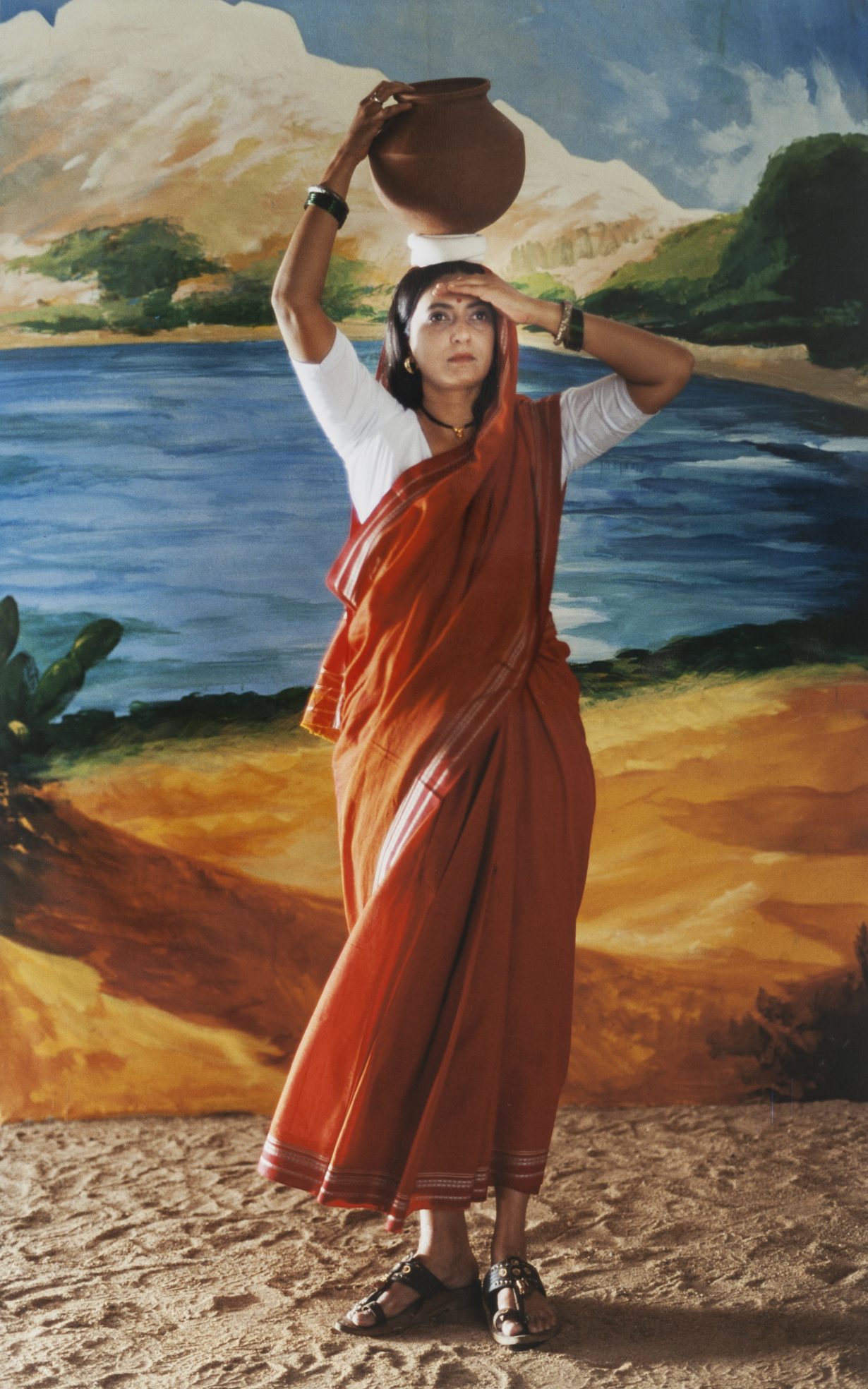
Pop South Asia: Artistic Explorations in the Popular
Sharjah Art Foundation, through 11 December
Across South Asia, truck, bus and auto-rickshaw drivers get their vehicles decorated with more or less elaborate fantasies that somehow reflect their personalities. Berlin-based, Afghanistan-born artist Jeanno Gaussi came across a man specialised in such ‘truckpainting’ and gave him seven skateboards to decorate. It’s just one of the works 10 in Pop South Asia, currently on show at the Sharjah Art Foundation, which seeks to describe aspects of popular culture that unite and distinguish East and West. Underneath that, the exhibition, which features over 100 works by artists from Afghanistan, Bangladesh, India, Pakistan, Sri Lanka and their diasporas, seeks to document artists’ engagement with popular culture and the notion of Pop art as something inherently from the West. On show are classics by the likes of Bhupen Khakhar and M. F. Husain along with more contemporary works by Pushpamala N, Ramesh Mario Nithiyendran and Thukral & Tagra. Nirmala Devi
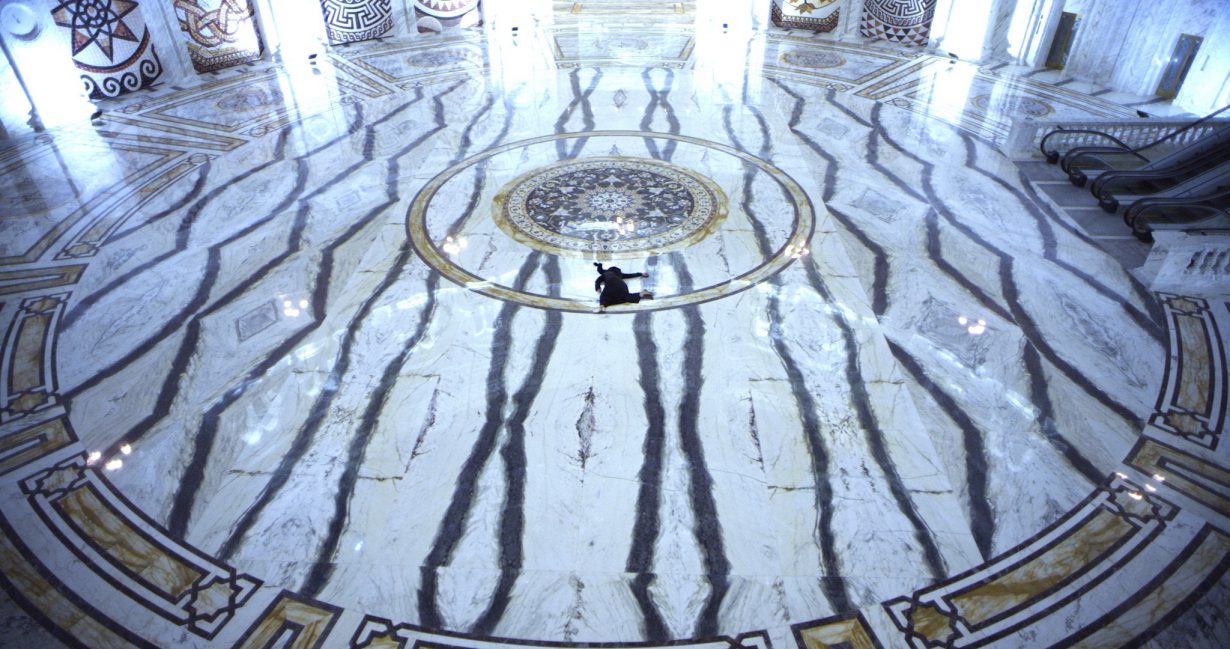
Sophia Al Maria
Mathaf, Doha, through 21 January
It’s the histories and futures of the Gulf and its surrounding area that form the background to Qatari American Sophia Al Maria’s first major exhibition in the Middle East. For the artist, writer and filmmaker, this is a sort of homecoming (although she was born in the US) and naturally the focus of the exhibition will be on storytelling and speculative narratives as a mode of reclaiming truth, visibility and agency. Works on show include installations, video works and soundscapes and is the product of expansive dialogues between Al Maria and a network of other artists, scholars and communities. Buried within all that are the issues of labour and community that play a major role in shaping the local landscape right now, particularly in the build-up to the forthcoming World Cup. Nirmala Devi
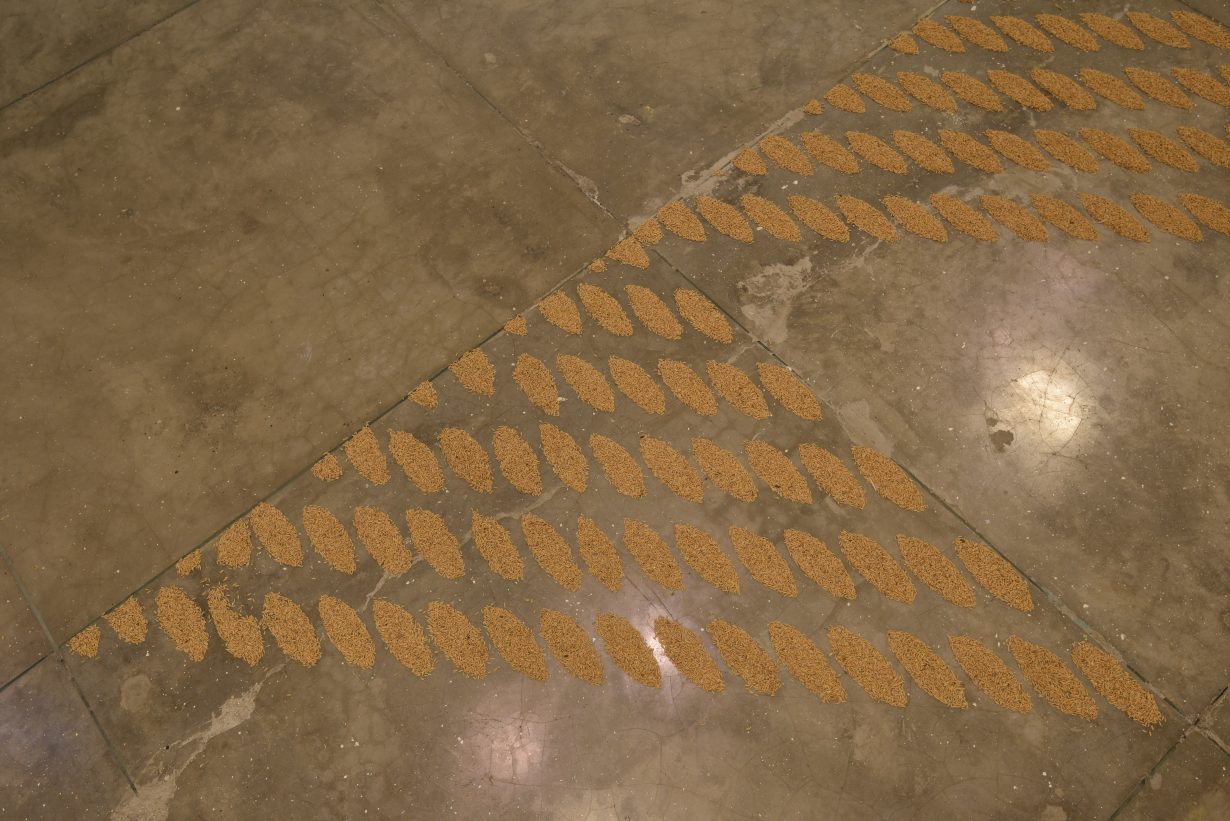
Navjot Altaf
Ishara Art Foundation, Dubai, through 9 December
Navjot Altaf (who works between Mumbai and Basar – in the latter of which she co-founded the Dialogue Interactive Artists Association, with indigenous artists Rajkumar Korram, Shantibai and Gessuram Viswakarma, in order to understand and create sustainable living, advocate justice and highlight the region’s ecological crises) also works in a range of media. At the Ishara Foundation the focus is on the intersection of climate change and feminism, and works created since 2015 (the artist’s practice dates back to the 1970s), the year of the UN climate change conference and the Paris Climate Accords. On show in Patterns are six bodies of work, that deal with architecture, urbanism, ecological disaster and the advent of the digital age. The exhibition’s centrepiece, made from unmilled red rice, from which the show derives its title, showcases an indigenous weaving pattern and highlights the ways in which the interconnectedness of life is threatened by the advent of land passing to mining companies. Nirmala Devi
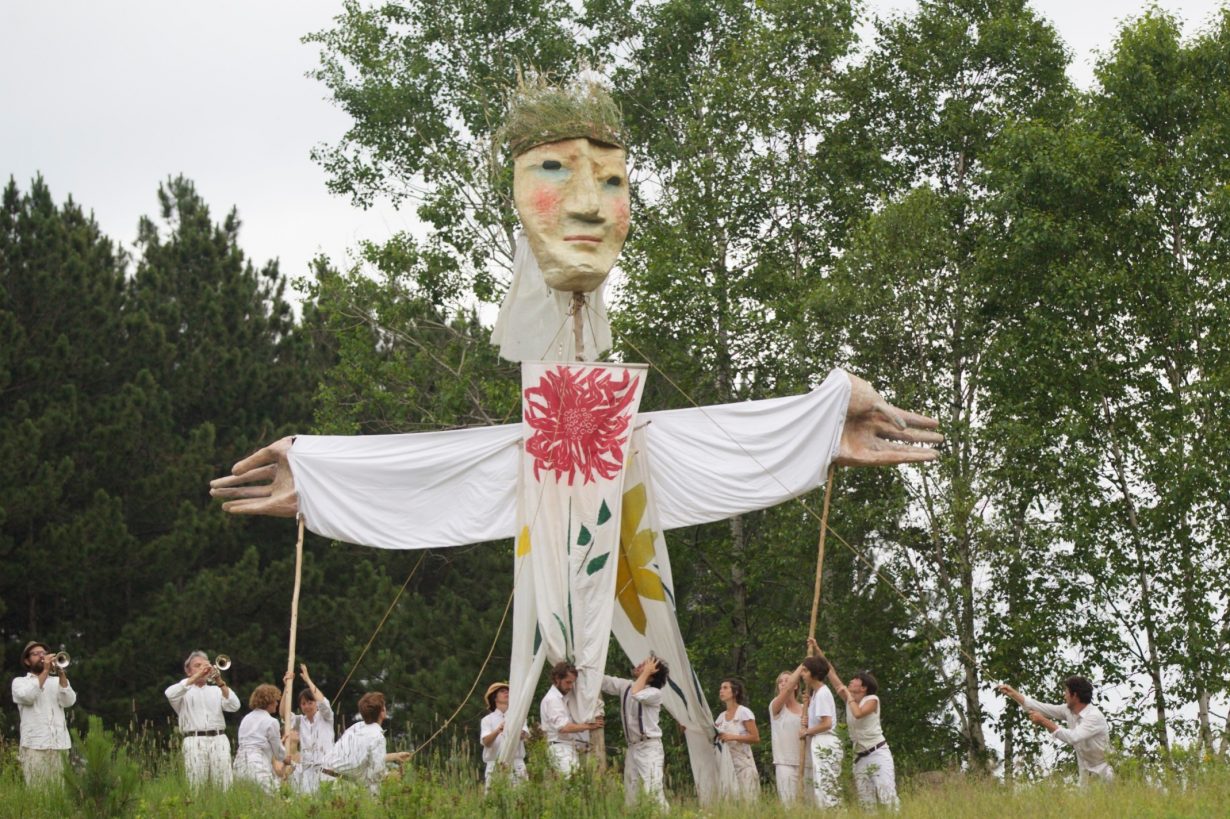
17th Istanbul Biennial
Various venues, Istanbul, through 20 November
Perhaps sensing that grand narratives seem passé in an increasingly fractured and complex world, the curators of the Istanbul Biennial – curator Ute Meta Bauer, artist Amar Kanwar and academic David Teh, a trio whose careers have largely been made east of the Bosphorus in Asia – have eschewed any overarching theme. Instead, a mixture of individuals and artist-run organisations will occupy a range of sites, not least Küçük Mustafa Paşa Hammam, one of the city’s oldest Turkish baths, pursuing an eclectic range of interests. Among them: the erstwhile Philippines art-space Green Papaya; Dhaka-based Pathshala South Asian Media Institute; the radical American Bread and Puppet Theater and, the biennial-ubiquitous Cooking Sections. Oliver Basciano

Joël Andrianomearisoa
Museum of African Contemporary Art Al Maaden, Marrakech, 24 September – 16 July
To the people of Marrakech, Joël Andrianomearisoa is going to feel fairly ubiquitous by the time his solo exhibition at The Museum of African Contemporary Art Al Maaden closes in July next year. But then again, OUR LAND JUST LIKE A DREAM will be the first solo exhibition to have taken place at the independent not-for-profit. In the past the Madagascan artist has collaborated with master weavers in his hometown of Antananarivo, as well as weavers in Udaipur and loom-setters in Aubusson; the works here, however, are produced in collaboration with artisans in Marrakech and personal interpretations of Morocco’s cultural heritage framed via memory and its transmission. Nirmala Devi
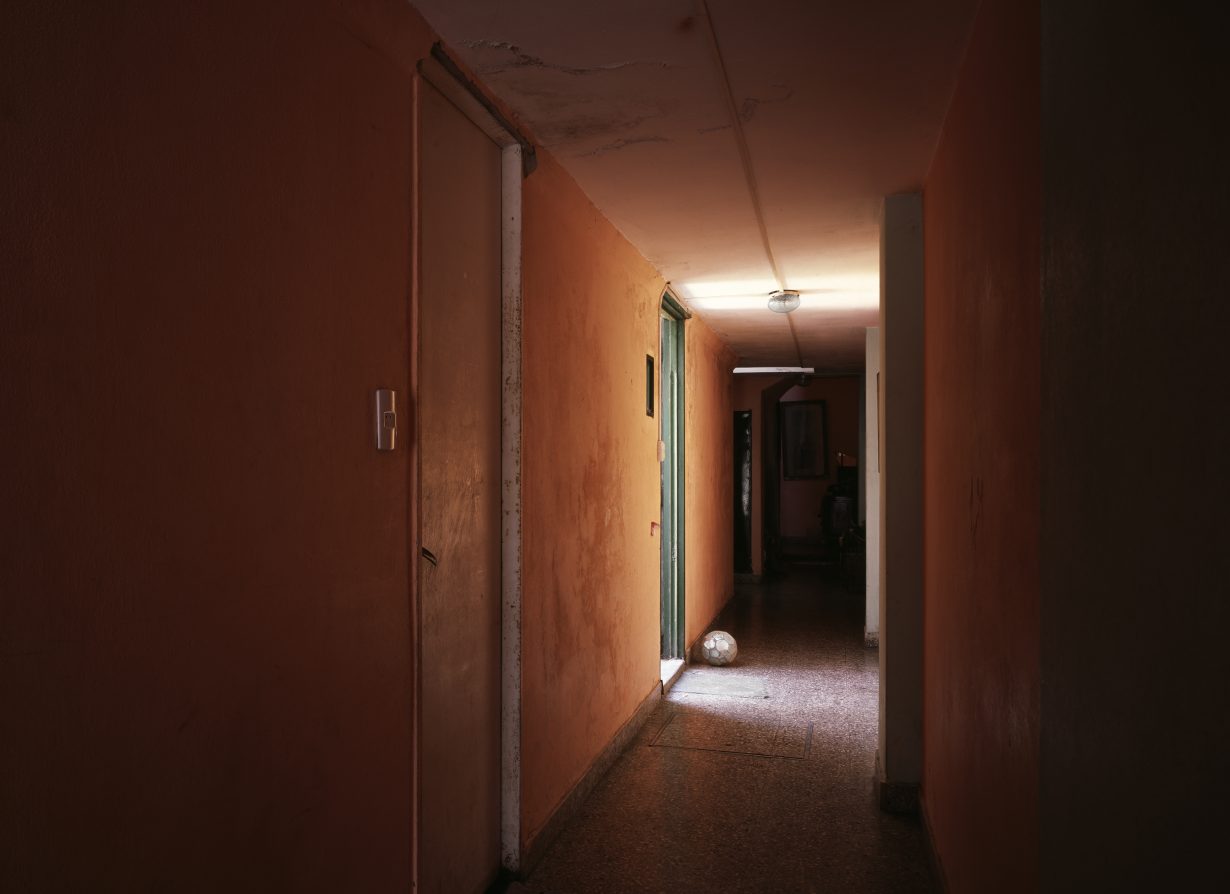
Hrair Sarkissian
Bonnefantenmuseum, Maastricht, 27 November – 14 May
The scenes in Hrair Sarkissian’s Last Seen (2018–21), a series of photographs that is one of the more recent works in the Syrian-Armenian artist’s mid-career retrospective in Maastricht, are quotidian: a cramped, windowless bedroom; a stairwell; a domestic garage. Yet as is typical for an artist whose work has dealt with state brutality, war and displacement, Sarkissian brings out a haunting quality in his apparently banal compositions. People are notably absent, doors stand ajar, lights are left on as if in the wake of a hurried exit, other scenes are cast in gloom. It’s an apt melancholy: each of these locations was the last known whereabouts of various disappeared individuals. Oliver Basciano

Cindy Ji Hye Kim
Kunsthall Stavanger, Norway, 6 October – 15 January
Taking the form of layered theatre-set-like constructions, Korean-born Canadian Cindy Ji Hye Kim’s installations explore both memory and the construction of personal identity, while hinting at the artificiality of both. The works in Sand in the Hourglass at the Kunsthall Stavanger, have a baroque quality while also deploying monochromatic grisailles that further strand the work in an ambiguous space between the past and the present. Look closely though and her drawings speak of transformation – penises become tails, flowers sprout from groins, girls hide under beds, while behatted figures hold hands and dance around empty beds. Sweetly, elegantly creepy. Nirmala Devi
